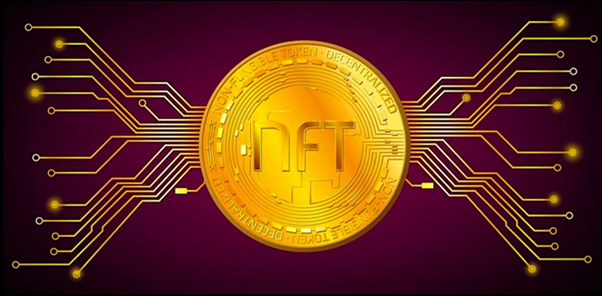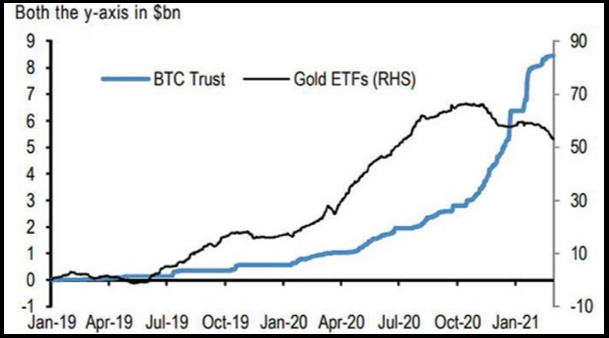|
Alternative Markets Update March 2021
In the current uncertainty in the markets, macroeconomic factors play an important role aside from Covid-19 and the vaccination efforts. Inflation is a major concern in 2021, even though it was very obvious in 2020 already. However, in 2020, it was completely overshadowed by Covid-19 and the tremendous surge in equity markets among others. Inflation is a concern around the world, caused by the severe interventions undertaken by central banks. In particular in the US, where the FED intervened with money printing on such a scale that it cannot be compared to any other economy. This was largely required, as conventional monetary policy was not enough, for example, lowering the interest rates to the area around 0%. Even quantitative easing could not solve the problem, even though the FED’s balance sheet ballooned. Figure 1 shows the FED’s balance sheet over the last five years. At the beginning of the crisis, the federal reserve was at around $4.3tn. In 2020, this increased by 76% to $7.3tn and is still rising in 2021. Currently, it is at almost $7.7tn. In comparison to 2008, during which the federal reserve increased by 151%, the balance sheet increased by “only” $1.3tn in absolute terms. It is important to note that during the last two decades, the FED’s balance never declined by more than 1% on an annual basis with one exception being 2018 with a decrease of 8%. Interest rates in the US have recovered quite spectacularly over the last months. Figure 2 shows the development of interest rates in major economies over the last few months. The US interest rates are higher than any other interest rate from the UK, Europe or Japan, both short- and long-term. The short-term interest rates have remained very stable, while the long-term rates have increased a lot, for example, the 10-y US treasury note is soon back at 2%.
|
|
|
Stone Mountain Capital LTD is authorised and regulated with FRN: 929802 by the Financial Conduct Authority (‘FCA’) in the United Kingdom. The website content is neither an offer to sell nor a solicitation of an offer to buy an interest in any investment or advisory service by Stone Mountain Capital LTD and should be read with the DISCLAIMER. © 2024 Stone Mountain Capital LTD. All rights reserved. |





 RSS Feed
RSS Feed
